-
 Bitcoin
Bitcoin $117400
-0.46% -
 Ethereum
Ethereum $3768
0.60% -
 XRP
XRP $3.551
2.09% -
 Tether USDt
Tether USDt $1.000
0.00% -
 Solana
Solana $203.2
11.30% -
 BNB
BNB $770.9
1.92% -
 USDC
USDC $0.9999
0.01% -
 Dogecoin
Dogecoin $0.2709
-0.02% -
 Cardano
Cardano $0.9024
4.49% -
 TRON
TRON $0.3139
0.60% -
 Hyperliquid
Hyperliquid $45.60
-1.41% -
 Stellar
Stellar $0.4730
-1.34% -
 Sui
Sui $4.025
2.15% -
 Chainlink
Chainlink $19.79
2.19% -
 Hedera
Hedera $0.2724
-2.39% -
 Avalanche
Avalanche $25.93
3.05% -
 Bitcoin Cash
Bitcoin Cash $524.0
-1.83% -
 Shiba Inu
Shiba Inu $0.00001558
0.50% -
 Litecoin
Litecoin $116.7
-0.30% -
 UNUS SED LEO
UNUS SED LEO $8.996
0.00% -
 Toncoin
Toncoin $3.334
1.83% -
 Polkadot
Polkadot $4.506
0.34% -
 Uniswap
Uniswap $10.99
4.83% -
 Ethena USDe
Ethena USDe $1.001
0.03% -
 Pepe
Pepe $0.00001461
3.17% -
 Monero
Monero $320.3
-1.01% -
 Bitget Token
Bitget Token $4.935
0.36% -
 Dai
Dai $0.9998
0.00% -
 Aave
Aave $322.4
-1.25% -
 Bittensor
Bittensor $455.6
9.33%
What is a public blockchain?
A public blockchain is a decentralized, transparent ledger accessible to anyone, secured by consensus algorithms like Proof of Work or Proof of Stake.
Jul 20, 2025 at 07:14 pm
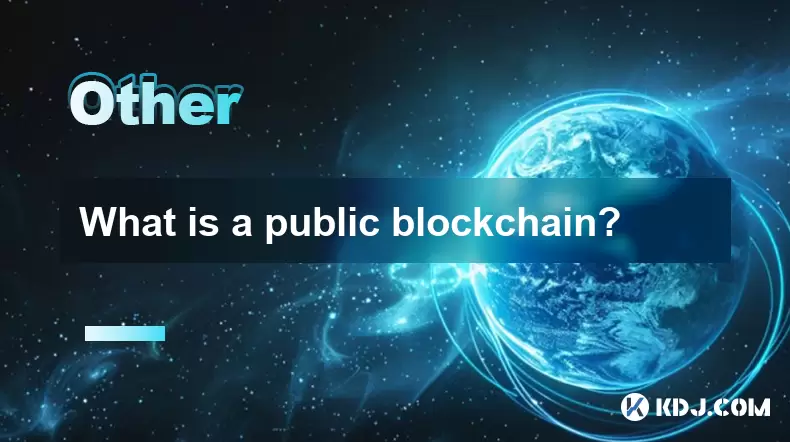
Understanding the Concept of a Public Blockchain
A public blockchain is a decentralized and distributed digital ledger that records transactions across a network of computers in a way that makes the records secure, transparent, and resistant to alteration. Unlike private or permissioned blockchains, public blockchains allow anyone to join the network, participate in the consensus process, and view the data stored on the chain. This openness is one of the defining features of public blockchains and is central to their use in cryptocurrencies like Bitcoin and Ethereum.
Public blockchains are maintained by a peer-to-peer network of nodes. These nodes work together to validate transactions and reach consensus using specific algorithms such as Proof of Work (PoW) or Proof of Stake (PoS). The decentralized nature of these systems ensures that no single entity has control over the entire network, making them highly resistant to censorship and tampering.
How Public Blockchains Differ from Private Blockchains
One of the key distinctions between public blockchains and private blockchains lies in access control. In a public blockchain, anyone can read, write, and participate in the network without needing permission from a central authority. In contrast, private blockchains restrict participation to a select group of users or organizations.
Another major difference is the consensus mechanism. Public blockchains typically rely on energy-intensive consensus algorithms like PoW or more energy-efficient ones like PoS to ensure security and prevent malicious activity. Private blockchains often use more centralized consensus models such as Proof of Authority (PoA), which are faster but sacrifice decentralization.
Security is also a critical factor. Public blockchains are considered more secure due to their distributed nature and large number of participants. Private blockchains, while faster and more scalable, are more vulnerable to attacks since they have fewer nodes validating transactions.
Key Features of Public Blockchains
- Decentralization: No single entity controls the network. Instead, control is distributed among all participants.
- Transparency: All transactions are visible to anyone on the network, promoting trust and accountability.
- Immutability: Once a transaction is recorded on the blockchain, it cannot be altered or deleted.
- Security: Public blockchains use cryptographic techniques and consensus algorithms to secure data and prevent unauthorized access.
- Permissionless Access: Users do not need approval to join the network or interact with it.
These features make public blockchains ideal for applications where trust, transparency, and security are paramount, such as cryptocurrency transactions, supply chain tracking, and decentralized finance (DeFi).
How Public Blockchains Work
Public blockchains operate through a network of nodes that collectively validate transactions and maintain the integrity of the ledger. Here’s a breakdown of how this process works:
- Transaction Initiation: A user initiates a transaction, such as sending cryptocurrency or executing a smart contract.
- Transaction Broadcasting: The transaction is broadcast to the entire network of nodes.
- Validation: Nodes validate the transaction using the network’s consensus mechanism.
- Block Creation: Valid transactions are grouped into a block and added to the blockchain.
- Finalization: Once added, the transaction becomes part of the permanent record and is visible to all participants.
This process ensures that only valid transactions are recorded and that the network remains secure and trustworthy. Each new block contains a cryptographic hash of the previous block, creating a chain that is extremely difficult to alter without detection.
Use Cases of Public Blockchains
Public blockchains are not limited to cryptocurrency. They have a wide range of applications across various industries:
- Cryptocurrencies: Bitcoin, Ethereum, and Litecoin are built on public blockchains and enable peer-to-peer financial transactions without intermediaries.
- Smart Contracts: Platforms like Ethereum allow developers to deploy self-executing contracts with the terms directly written into code.
- Decentralized Applications (dApps): These applications run on a blockchain rather than a centralized server, offering greater security and transparency.
- Supply Chain Management: Public blockchains can track the movement of goods and verify authenticity in real-time.
- Voting Systems: Some governments are exploring the use of public blockchains to create tamper-proof voting systems.
Each of these use cases leverages the transparency, immutability, and decentralization offered by public blockchains to create trustless systems where participants don’t need to rely on a central authority.
Challenges and Limitations of Public Blockchains
Despite their many advantages, public blockchains also face several challenges:
- Scalability: Public blockchains like Bitcoin and Ethereum can only process a limited number of transactions per second, leading to congestion and high fees during peak times.
- Energy Consumption: Networks using PoW, such as Bitcoin, consume large amounts of electricity, raising environmental concerns.
- Regulatory Uncertainty: Governments are still figuring out how to regulate public blockchains and cryptocurrencies, which creates uncertainty for users and developers.
- Privacy Concerns: While transactions are pseudonymous, they are also publicly visible, which can raise privacy issues for some users.
- User Experience: Interacting with public blockchains often requires technical knowledge, making them less accessible to the average person.
These challenges are actively being addressed by developers through innovations like layer-2 scaling solutions, sharding, and more energy-efficient consensus algorithms.
Frequently Asked Questions (FAQs)
Q: Can anyone become a node on a public blockchain?
Yes, anyone with the necessary hardware and software can become a node on a public blockchain. Nodes play a crucial role in validating transactions and maintaining the network’s integrity.
Q: Are transactions on a public blockchain reversible?
No, once a transaction is confirmed and added to the blockchain, it is considered irreversible due to the immutability of the ledger. This is one of the core security features of public blockchains.
Q: How are public blockchains secured against attacks?
Public blockchains use cryptographic hashing, digital signatures, and consensus algorithms like Proof of Work or Proof of Stake to ensure security. The decentralized nature of the network also makes it resistant to single points of failure.
Q: What is the role of miners in a public blockchain?
Miners are responsible for validating transactions and adding them to the blockchain by solving complex cryptographic puzzles. They are rewarded with cryptocurrency for their efforts, which incentivizes participation and secures the network.
Disclaimer:info@kdj.com
The information provided is not trading advice. kdj.com does not assume any responsibility for any investments made based on the information provided in this article. Cryptocurrencies are highly volatile and it is highly recommended that you invest with caution after thorough research!
If you believe that the content used on this website infringes your copyright, please contact us immediately (info@kdj.com) and we will delete it promptly.
- XRP, Bitcoin, Ripplecoin: Navigating the Crypto Landscape in 2025
- 2025-07-22 20:30:13
- Cardano Ecosystem Watch: Can PayFi Token Remittix Trigger an ADA Overtake?
- 2025-07-22 20:50:13
- JasmyCoin Price Forecast: Chart Analysis Points to Potential Surge
- 2025-07-22 20:55:13
- Remittix, XRP, and Dogecoin: What's Hot in the Crypto Game Right Now?
- 2025-07-22 20:10:14
- BlockchainFX, PEPE, and USDT: What's the Buzz in the Crypto Jungle?
- 2025-07-22 18:50:12
- Ripple's RLUSD: Institutional Backing Fuels Stablecoin Ascent
- 2025-07-22 18:30:12
Related knowledge
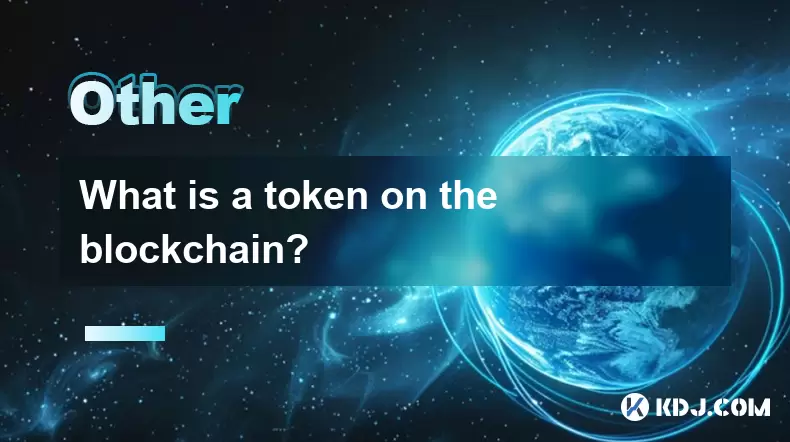
What is a token on the blockchain?
Jul 21,2025 at 07:00am
Understanding the Concept of a TokenIn the realm of blockchain technology, a token is a digital representation of an asset or utility that exists on a...
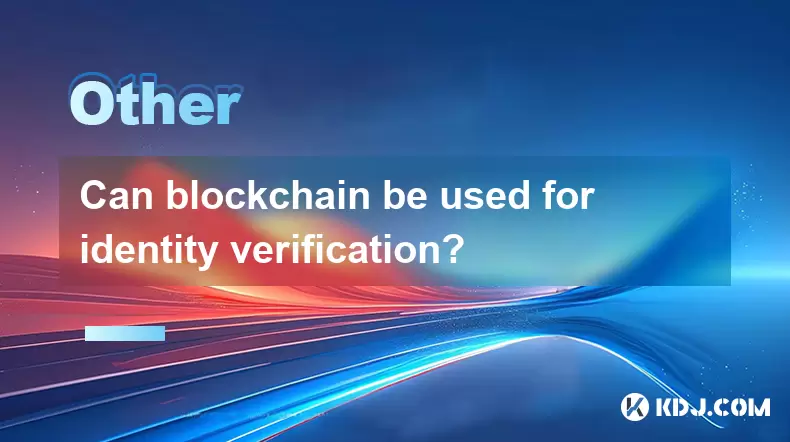
Can blockchain be used for identity verification?
Jul 18,2025 at 02:14pm
Understanding Identity Verification in the Digital AgeIn the modern digital landscape, identity verification has become a critical component for ensur...
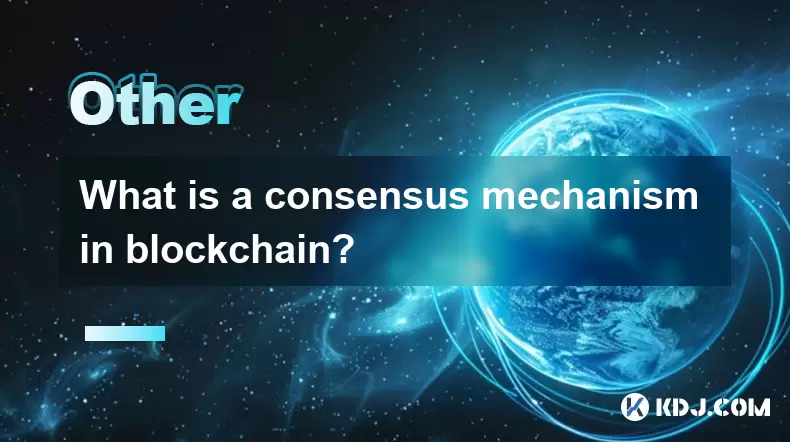
What is a consensus mechanism in blockchain?
Jul 21,2025 at 03:01am
Understanding the Basics of Consensus MechanismsA consensus mechanism is a critical component of any blockchain network. It refers to the process by w...
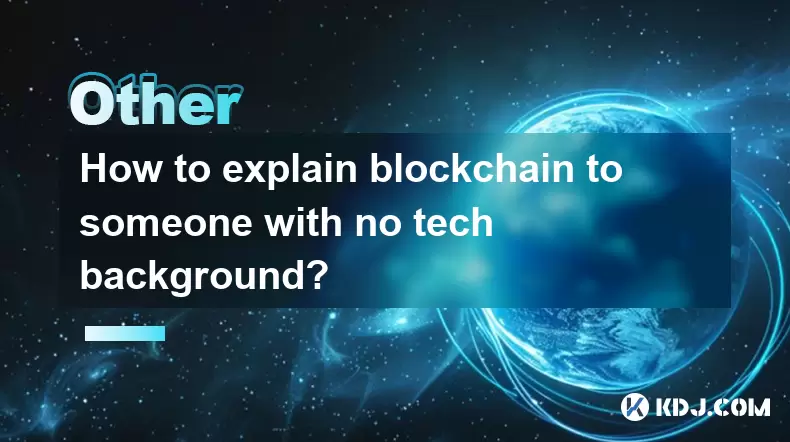
How to explain blockchain to someone with no tech background?
Jul 18,2025 at 11:08pm
Understanding the Basics of BlockchainTo explain blockchain to someone with no tech background, it's essential to start with simple analogies and avoi...
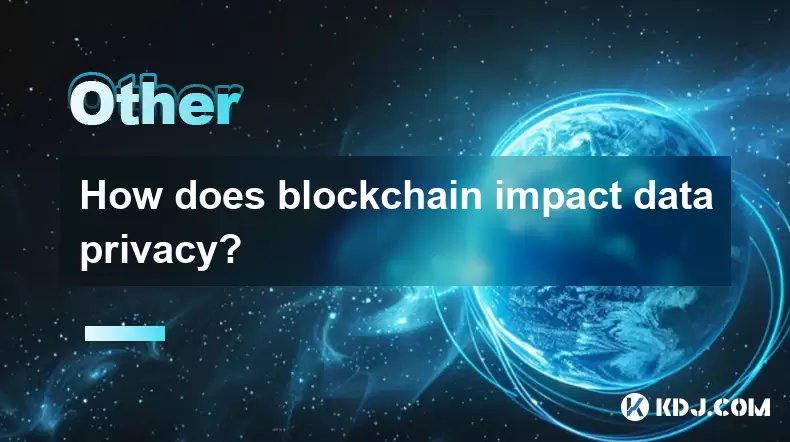
How does blockchain impact data privacy?
Jul 21,2025 at 02:21pm
Understanding the Role of Blockchain in Data PrivacyBlockchain technology, originally developed as the underlying infrastructure for cryptocurrencies ...
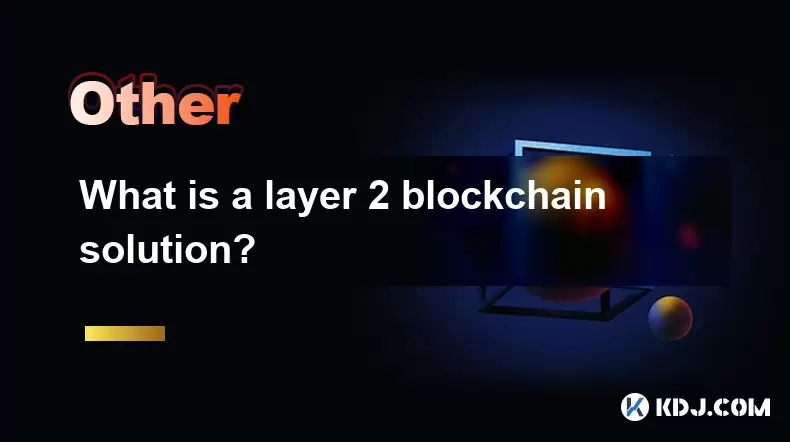
What is a layer 2 blockchain solution?
Jul 20,2025 at 01:42am
Understanding the Concept of Layer 2 BlockchainA layer 2 blockchain solution refers to a secondary framework or protocol built on top of an existing b...

What is a token on the blockchain?
Jul 21,2025 at 07:00am
Understanding the Concept of a TokenIn the realm of blockchain technology, a token is a digital representation of an asset or utility that exists on a...

Can blockchain be used for identity verification?
Jul 18,2025 at 02:14pm
Understanding Identity Verification in the Digital AgeIn the modern digital landscape, identity verification has become a critical component for ensur...

What is a consensus mechanism in blockchain?
Jul 21,2025 at 03:01am
Understanding the Basics of Consensus MechanismsA consensus mechanism is a critical component of any blockchain network. It refers to the process by w...

How to explain blockchain to someone with no tech background?
Jul 18,2025 at 11:08pm
Understanding the Basics of BlockchainTo explain blockchain to someone with no tech background, it's essential to start with simple analogies and avoi...

How does blockchain impact data privacy?
Jul 21,2025 at 02:21pm
Understanding the Role of Blockchain in Data PrivacyBlockchain technology, originally developed as the underlying infrastructure for cryptocurrencies ...

What is a layer 2 blockchain solution?
Jul 20,2025 at 01:42am
Understanding the Concept of Layer 2 BlockchainA layer 2 blockchain solution refers to a secondary framework or protocol built on top of an existing b...
See all articles

























































































